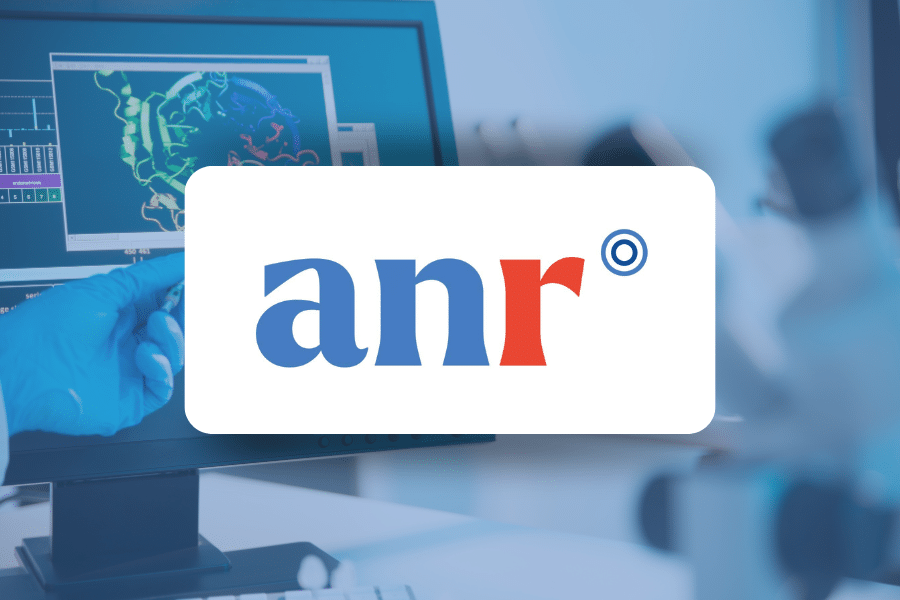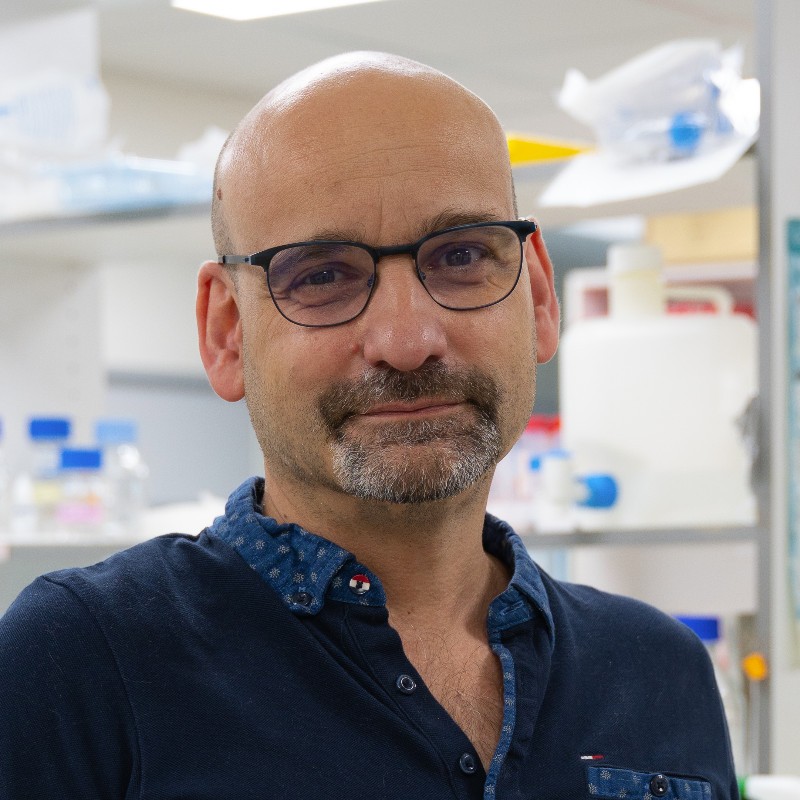Call for Generic Projects of the French National Research Agency (ANR) 2025: 21 health-related projects funded in the Hauts-de-France region

The Generic Call for Projects 2025 (AAPG 2025), the main funding mechanism of the ANR, is open to all scientific communities as well as public and private actors engaged in research in France. Its aim is to provide researchers, across all domains, with access to funding complementary to the usual resources, on a wide variety of themes, whether oriented toward concrete applications or more fundamental in nature.
To meet this ambition, the Call for Projects mobilises different funding instruments: research projects led by early-career researchers (JCJC), by a single team (PRME), national collaboration projects (PRC), international collaboration projects (PRCI), or research collaborative projects including an industrial partner (PRCE).
In the Hauts-de-France region, 21 health-oriented projects were selected this year, demonstrating the dynamism and excellence of the regional ecosystem. Several of them were selected within the Institut Pasteur de Lille, the Centre Lille Neurosciences & Cognition (LilNCog), the Université d’Artois or the Université Polytechnique Hauts‑de‑France (UPHF).
Among these projects, the one carried by Dr Jean-Charles Lambert stands out. Titled AD-AP “Adhesion pathway and Alzheimer’s disease: Towards a genetically-dependent synaptic dysfunction”, it explores the genetic mechanisms involved in Alzheimer’s disease and could open the way to new research prospects. We met with Dr Jean-Charles Lambert, who shared with us the challenges and ambitions of this project.
Could you introduce yourself and present your role within the RID-AGE unit (“Risk factors and molecular determinants of ageing-related diseases”) ?
I am a research director at Inserm and I have been leading a research team since 2006, called “Research on the genetic molecular determinants of Alzheimer’s disease and related syndromes”. Why “molecular”? Because our work focuses both on genetic factors and on the understanding of their implication in pathophysiological mechanisms. As of January 2026, I will have the honour of taking on the direction of the RID-AGE unit.

Your recent research on Alzheimer’s disease has made scientific news. How do they feed into this new project?
This project is in fact the product of a long scientific process, based on the development of specific methodological tools by our team. We have progressively identified and characterised the genetic determinants of Alzheimer’s disease, and several of them have turned out to be involved in synaptic function, more precisely in synaptic plasticity.
From these observations, we formulated a hypothesis: Alzheimer’s disease might be linked to a genetic deregulation of synaptic function. This hypothesis is interesting because it sheds new light on the role of APP (Amyloid Precursor Protein).
APP is a key protein in the context of Alzheimer’s disease. In certain monogenic forms of the pathology, a mutation in this gene systematically causes the disease, so the causality is obvious. The APP gene is therefore very important. APP has mostly been associated with the production of amyloid peptides, which are found aggregated in amyloid plaques in brain tissue. This is what is called the amyloid-cascade hypothesis: a deregulation of APP metabolism leads to a deregulation in the production of amyloid peptides, inducing neurotoxicity and, ultimately, neuron death.
Could you briefly present the AD-AP project selected by the ANR?
Our work led us to rethink the role of APP: rather than considering solely the production of amyloid peptides (which is actually a marker of the modification of APP metabolism), we favour the hypothesis of a deregulation of APP’s biological function (regulated by its metabolism), in particular at the synaptic level. APP is a transmembrane protein which is an adhesion molecule, linking the post- and pre-synaptic compartments. Its function can be influenced by mechano-transduction forces, i.e., physical forces exerted on the APP molecule which affect both its biological role and synaptic stability. A deregulation of these properties could therefore lead to an alteration of synaptic function. The AD-AP project therefore aims to characterise non-synonymous mutations associated with the risk of developing Alzheimer’s disease in genes coding for proteins participating in the (patho)physiological pathways dependent on APP activation by mechano-transduction forces. This is a line of investigation we have been exploring for 4 to 5 years in the laboratory and which we are now developing within the framework of this ANR funding.
Why did you choose to apply to the ANR Generic Call for Projects 2025, and more particularly under the PRME scheme?
Indeed, this is an ANR PRME (‘Single-Team Research Project’), which means it is an ANR focused on the team itself. Unlike most ANR funding, which supports multi-laboratory projects, this scheme – which has been in place for four years – specifically targets projects led by a single team. This allows funding to be concentrated on a dedicated project, thereby giving the team the necessary resources to carry out its research.
What are the next steps for this project?
This is primarily a fundamental research project. In genetics, this means characterising the essential building blocks of a pathophysiological process. Our goal is therefore to validate our working hypothesis: the modifications of APP’s physiological properties, in themselves, could play a key role in Alzheimer’s disease. To do this, we are developing our models from human induced neuron cultures (iPSC). The genome of these models will be edited to carry the non-synonymous mutations associated with risk of disease development, enabling research that is rapidly translatable towards more translational approaches. Once our hypothesis is validated and relevant models developed, the final objective will be to use them in high-throughput screening approaches in order to identify new drug molecules. The idea would be, for example, to “erase” the impact of certain high-risk mutations, which would be of interest for patients carrying them, but more broadly by enabling targeting of the pathophysiological pathways impacted by these mutations, which could be of interest for all patients with the disease. We have already opened this path in a previous project on the gene encoding PLCγ2 (“Phospholipase C gamma 2”) for which the pipeline is operational and underway. The AD-AP project therefore forms a continuation of these advances.
Will this project call upon expertise external to your team or specific collaborations?
The project is first and foremost carried by our team, composed of nearly 30 people (of whom about a dozen are directly involved in this project), and benefits from significant funding. However, it is set in a broader context, nourished by collaborations and interactions already established. For example, the search for rare genetic variants linked to Alzheimer’s disease is based on my position as coordinator of the European Alzheimer DNA Biobank (EADB) consortium. This consortium, which includes a major sequencing project in progress, feeds our project with the genetic data we manage in the laboratory. Moreover, although our team has expertise in systems biology, proteomics and transcriptomics, we collaborate with other laboratories, notably in Luxembourg, which develop new tools enabling better exploitation of these data. We also benefit from the expertise of the BICeL (BioImaging Center Lille) platform, essential for our neuroscience work, as it is difficult to progress without high-performance imaging tools. All these collaborations and infrastructures enable our team to remain credible at national and international level, and to develop unique multi-technology projects, such as our mechano-transduction study models
